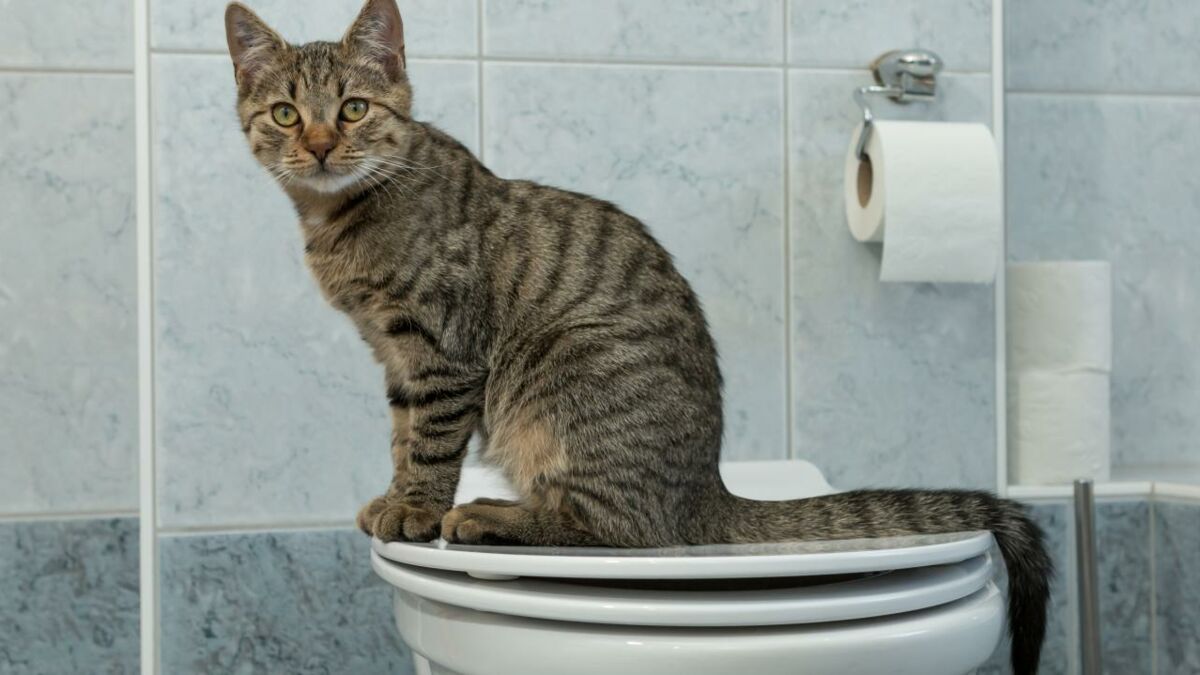What are your thoughts about How to Dispose of Cat Poop and Litter Without Plastic Bags?

Introduction
As feline proprietors, it's necessary to be mindful of just how we deal with our feline close friends' waste. While it may seem hassle-free to flush feline poop down the bathroom, this method can have destructive effects for both the environment and human health and wellness.
Alternatives to Flushing
The good news is, there are safer and much more accountable ways to get rid of pet cat poop. Consider the following options:
1. Scoop and Dispose in Trash
One of the most usual approach of getting rid of feline poop is to scoop it right into a biodegradable bag and throw it in the garbage. Make certain to make use of a specialized clutter inside story and dispose of the waste quickly.
2. Use Biodegradable Litter
Choose naturally degradable feline clutter made from products such as corn or wheat. These litters are environmentally friendly and can be securely thrown away in the garbage.
3. Hide in the Yard
If you have a lawn, think about hiding feline waste in a marked location far from veggie yards and water sources. Be sure to dig deep enough to stop contamination of groundwater.
4. Mount a Pet Waste Disposal System
Buy a family pet garbage disposal system particularly created for feline waste. These systems make use of enzymes to break down the waste, minimizing odor and environmental effect.
Health and wellness Risks
In addition to environmental issues, flushing cat waste can additionally posture health and wellness dangers to humans. Pet cat feces might include Toxoplasma gondii, a parasite that can cause toxoplasmosis-- a possibly extreme health problem, especially for pregnant women and individuals with damaged immune systems.
Ecological Impact
Purging feline poop introduces unsafe microorganisms and parasites right into the water system, posturing a considerable risk to marine ecological communities. These impurities can adversely affect marine life and concession water high quality.
Conclusion
Accountable animal possession prolongs beyond supplying food and sanctuary-- it likewise involves correct waste administration. By avoiding flushing cat poop down the bathroom and opting for different disposal techniques, we can decrease our ecological footprint and protect human health and wellness.
Why Can’t I Flush Cat Poop?
It Spreads a Parasite
Cats are frequently infected with a parasite called toxoplasma gondii. The parasite causes an infection called toxoplasmosis. It is usually harmless to cats. The parasite only uses cat poop as a host for its eggs. Otherwise, the cat’s immune system usually keeps the infection at low enough levels to maintain its own health. But it does not stop the develop of eggs. These eggs are tiny and surprisingly tough. They may survive for a year before they begin to grow. But that’s the problem.
Our wastewater system is not designed to deal with toxoplasmosis eggs. Instead, most eggs will flush from your toilet into sewers and wastewater management plants. After the sewage is treated for many other harmful things in it, it is typically released into local rivers, lakes, or oceans. Here, the toxoplasmosis eggs can find new hosts, including starfish, crabs, otters, and many other wildlife. For many, this is a significant risk to their health. Toxoplasmosis can also end up infecting water sources that are important for agriculture, which means our deer, pigs, and sheep can get infected too.
Is There Risk to Humans?
There can be a risk to human life from flushing cat poop down the toilet. If you do so, the parasites from your cat’s poop can end up in shellfish, game animals, or livestock. If this meat is then served raw or undercooked, the people who eat it can get sick.
In fact, according to the CDC, 40 million people in the United States are infected with toxoplasma gondii. They get it from exposure to infected seafood, or from some kind of cat poop contamination, like drinking from a stream that is contaminated or touching anything that has come into contact with cat poop. That includes just cleaning a cat litter box.
Most people who get infected with these parasites will not develop any symptoms. However, for pregnant women or for those with compromised immune systems, the parasite can cause severe health problems.
How to Handle Cat Poop
The best way to handle cat poop is actually to clean the box more often. The eggs that the parasite sheds will not become active until one to five days after the cat poops. That means that if you clean daily, you’re much less likely to come into direct contact with infectious eggs.
That said, always dispose of cat poop in the garbage and not down the toilet. Wash your hands before and after you clean the litter box, and bring the bag of poop right outside to your garbage bins.
https://trenchlesssolutionsusa.com/why-cant-i-flush-cat-poop/

I'm certainly very fascinated with How to Dispose of Cat Poop and Litter Without Plastic Bags and I'm hoping you enjoyed reading the new piece. Do you know another person who is inquisitive about the niche? Be sure share it. We recognize the value of reading our article about Can You Flush Cat Poo or Litter Down the Toilet?.
Call Today